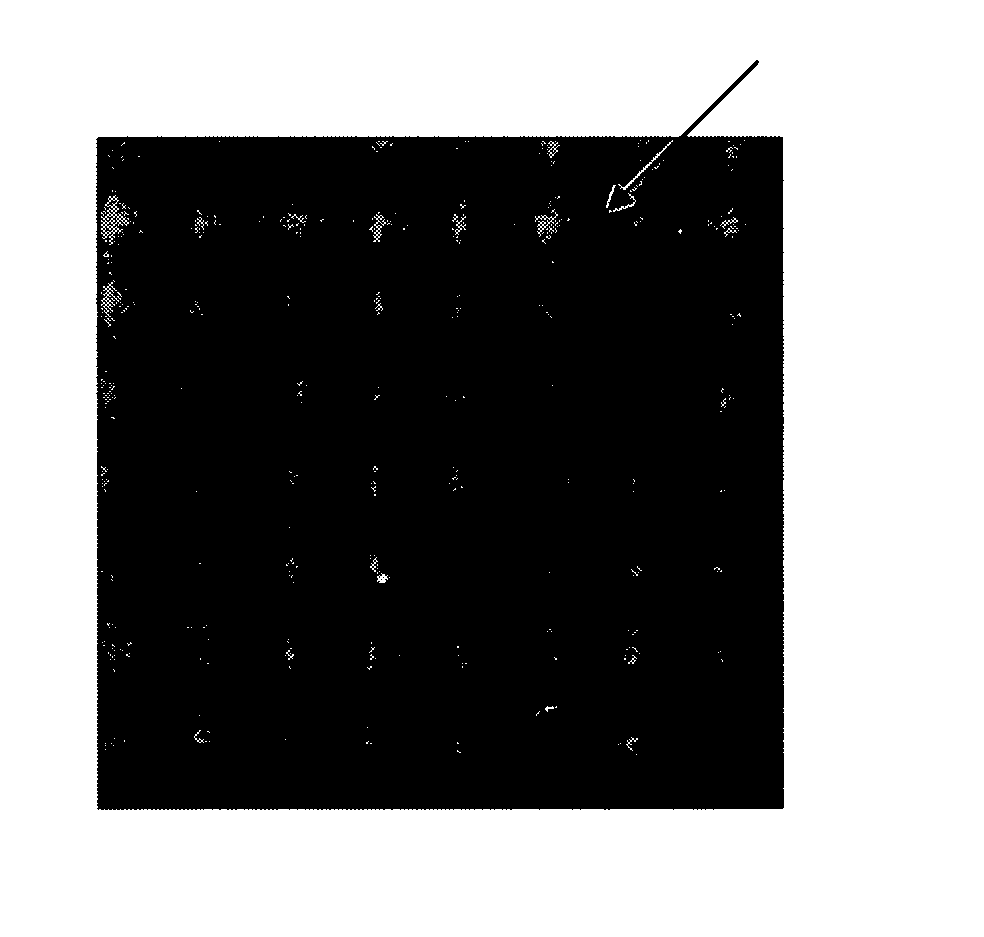Light adjustable lenses capable of post-fabrication power modification via multi-photon processes
a technology of multi-photon process and light adjustable lens, which is applied in the direction of lenses, spectales/goggles, instruments, etc., can solve the problems of inability to adjust the power of prior art intraocular lenses, the patient's vision is not optimal without correction, and the patient's vision is not optimal,
- Summary
- Abstract
- Description
- Claims
- Application Information
AI Technical Summary
Benefits of technology
Problems solved by technology
Method used
Image
Examples
example 1
[0065] A 250 mL round bottom flask was charged with 8.1 g (25 mmol) of 2,7-dibromofluorene, 0.54 g (3.3 mmol) of potassium iodide, 8.4g (150 mmol) of potassium hydroxide, and 30 mL of DMSO. The flask was cooled to 0° C. and from an addition funnel, 5.5 mL (64 mmol) of allyl bromide was added dropwise. The reaction was allowed to come to room temperature overnight. Next morning, water was added to precipitate out product. The yellow solid was filtered and recrystallized from ethanol to yield 8.2 g (81% yield) of the 9,9-diallyl-2,7-dibromofluorene.
[0066] A 50 mL round bottom flask was charged with 2.6 g (6.3 mmol) of 9,9-diallyl-2,7-dibromofluorene, 3.2 g (16 mmol) of 3-methoxydiphenylamine, 1.8 g (19 mmol) of sodium t-butoxide, 0.058 g (0.063 mmol) of tris(dibenzylideneacetone)dipalladium(0), 0.11 g (0.19 mmol) of 1,1-bis(diphenylphosphino)ferrocene, and 60 mL of toluene. The reaction was heated to 93° C. for two days. The solids were filtered off. The filtrate was adhered to silic...
example 2
[0067] A 50 mL round bottom flask was charged with 0.20 g of the two-photon chromophore (2P), 0.20g of silicone hydride-crosslinker (XL-H), and 10 mL of toluene. Two drops of “Karsted's” catalyst was added, and the reaction was allowed to stir at room temperature until GC analysis showed the disappearance of the two-photon chromophore. The mixture was passed through activated charcoal to remove the platinum catalyst and the solvent was evaporated off to yield 0.36 g of (XL-2P).
example 3
[0068] A 50 mL round bottom flask was charged with 1.0 g (1.5 mmol) of the two-photon chromophore (2P), 0.394 g (0.78 mmol) of 1 H, 13 H-tetradecamethylheptasiloxane (H-L7-H), and 10 mL of toluene. Two drops of “Karsted's” catalyst was added, and the reaction was allowed to stir at room temperature until GC analysis showed the disappearance of the two-photon chromophore. The mixture was passed through activated charcoal to remove the platinum catalyst and the solvent was evaporated off to yield 1.1 g (76% yield) of (2P-L7-2P).
PUM
| Property | Measurement | Unit |
|---|---|---|
| Tg | aaaaa | aaaaa |
| Tg | aaaaa | aaaaa |
| Tg | aaaaa | aaaaa |
Abstract
Description
Claims
Application Information
 Login to View More
Login to View More - R&D
- Intellectual Property
- Life Sciences
- Materials
- Tech Scout
- Unparalleled Data Quality
- Higher Quality Content
- 60% Fewer Hallucinations
Browse by: Latest US Patents, China's latest patents, Technical Efficacy Thesaurus, Application Domain, Technology Topic, Popular Technical Reports.
© 2025 PatSnap. All rights reserved.Legal|Privacy policy|Modern Slavery Act Transparency Statement|Sitemap|About US| Contact US: help@patsnap.com



